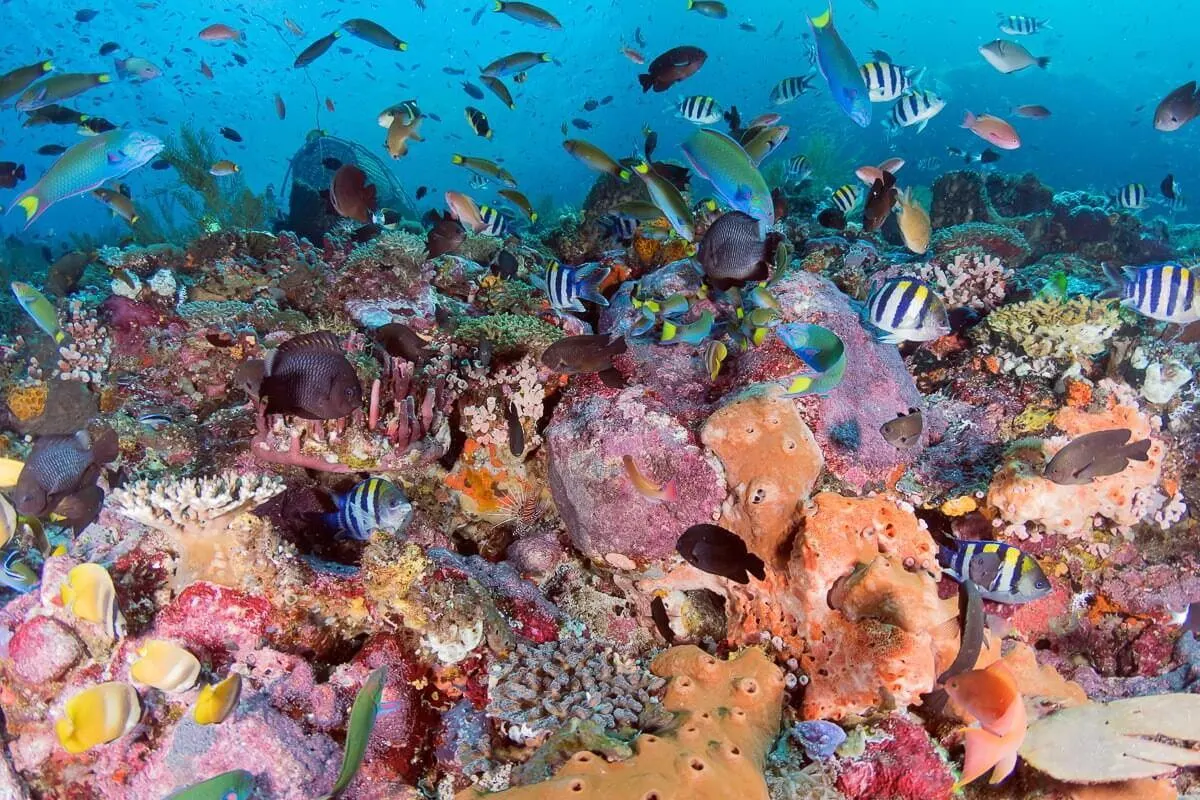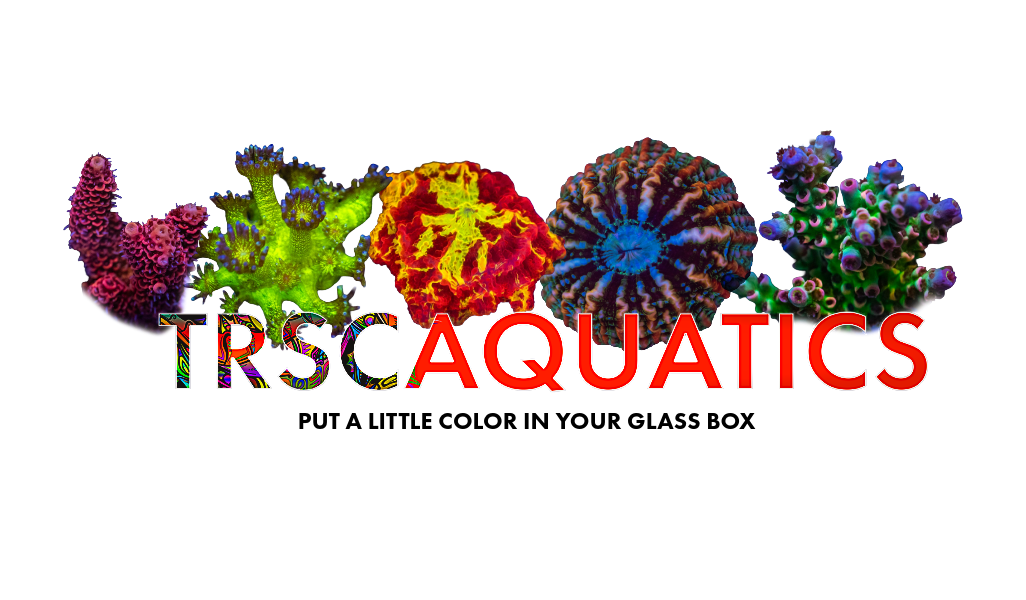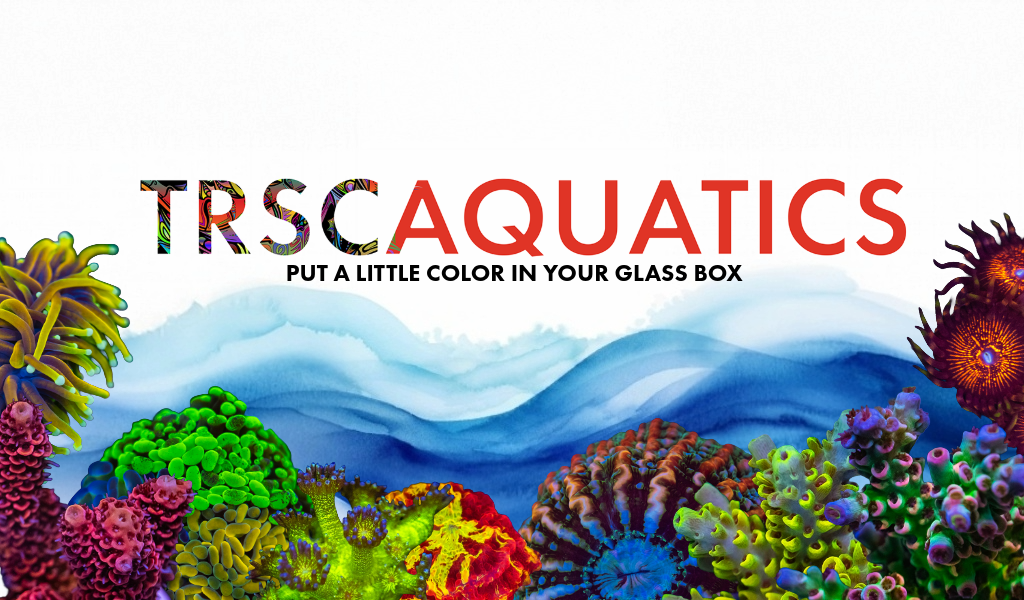Coral News
The Process Behind Shipping Aquarium Life to America
How Aquarium Animals Are Collected from Indonesia and Shipped to the USA
A complete guide to the supply chain behind every coral, fish, and invertebrate in your marine tank.
Introduction: The Global Aquarium Trade
Every day, thousands of marine animals embark on a long journey from the tropical reefs of Indonesia to aquarium hobbyists across the United States. From vibrant corals to colorful reef fish, these organisms supply the fast-growing marine aquarium industry. Understanding how animals are sustainably collected, processed, and shipped overseas not only enhances our appreciation for the logistics behind each specimen but also highlights the importance of ethical sourcing and environmental stewardship. With the U.S. marine aquarium sector valued at over $500 million annually, each imported specimen represents a complex web of cultural, economic, and environmental dynamics.
Why Indonesia Is a Leading Source for Marine Livestock
Indonesia’s archipelago spans more than 17,000 islands, boasting some of the world’s richest coral reef ecosystems. Warm equatorial waters, nutrient-rich currents, and unmatched biodiversity create ideal conditions for marine ornamentals. Local exporters focus on species highly prized in the aquarium trade, including SPS corals like Acropora, LPS corals such as Euphyllia, and a vast array of reef fish. Government partnerships with community-based collectors help manage quotas and implement sustainable harvest techniques, ensuring the health and resilience of reef populations.
Collection Methods: From Reef to Holding Pens
Skilled harvesters employ several low-impact techniques to collect aquarium livestock. Hand collection remains the most selective approach: divers use small nets, gloves, and reef-safe containers to carefully extract targeted fish and invertebrates without damaging nearby corals. Mariculture farms and ocean-based coral fragmentation sites amplify production by growing coral cuttings under controlled conditions, reducing pressure on wild stocks. Selective quotas and seasonal closures further regulate harvest volumes.
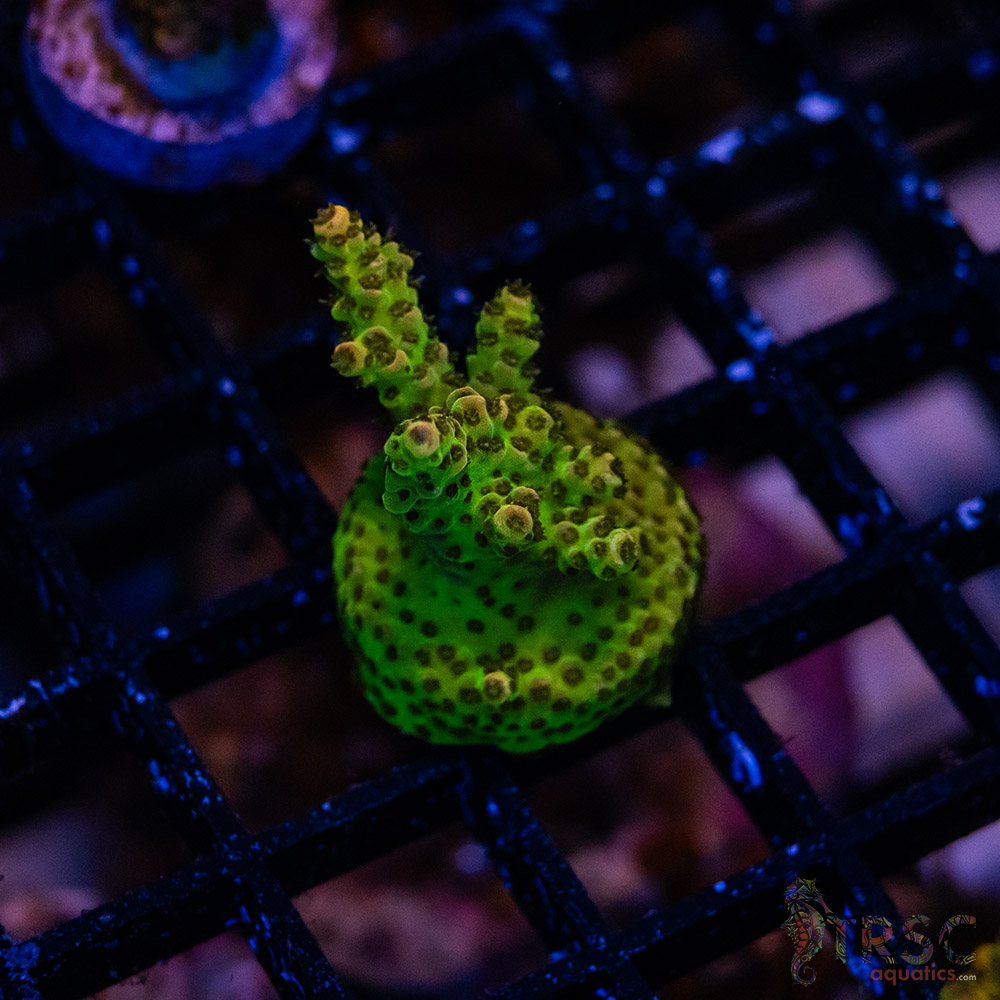
Quarantine & Health Checks: Ensuring Livestock Viability
Following collection, livestock are transferred to Indonesian holding facilities for quarantine and health inspections. Each fish undergoes rigorous parasite screenings, while corals are observed for signs of stress or disease. Quarantine periods range from 7 to 14 days, during which water parameters, feeding schedules, and healing protocols are meticulously managed. Environmental monitoring, including nitrate and salinity checks, ensures water quality meets international shipping standards before export certification.
Packaging & Shipping Logistics
After quarantine clearance, animals are prepared for international transport. Workers pack fish in oxygen-saturated, insulated bags, sometimes using temperature-controlled gel packs to maintain stable temperatures. Corals are affixed to PVC racks or reef-safe media plates within sturdy, moisture-resistant boxes.
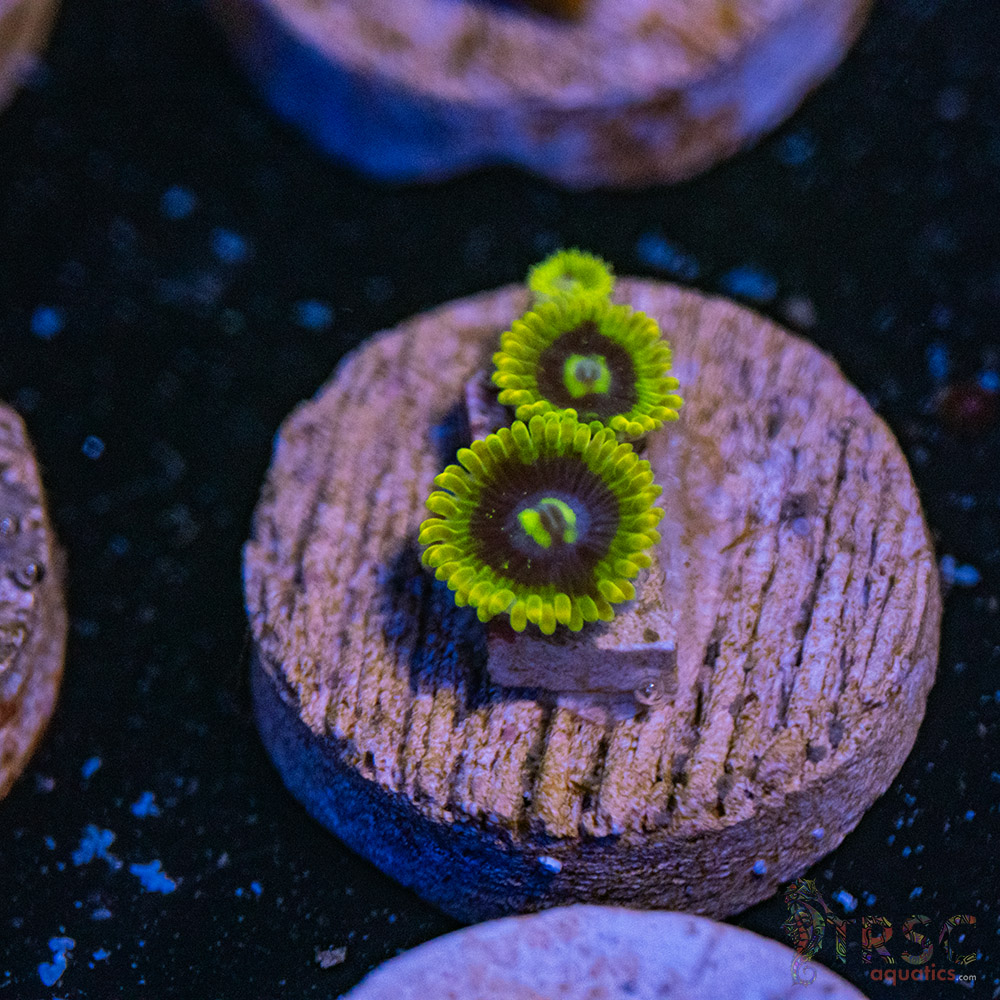
Customs, Import & U.S. Regulations
Most shipments depart Indonesian ports in Jakarta or Bali, connecting through transit hubs like Singapore or Hong Kong before arriving at U.S. airports in Los Angeles (LAX), Miami (MIA), or New York (JFK). Upon arrival, the U.S. Fish and Wildlife Service (USFWS) and USDA inspect each consignment, verifying CITES permits, health certificates, and compliance with invasive species regulations. Customs clearance can take 12 to 48 hours, after which livestock are released to domestic distributors and retailers.
Ethical Considerations & Sustainable Reefing
Hobbyists play a pivotal role in promoting sustainability. By choosing vendors who source from CITES-compliant operations and invest in reef restoration, aquarists encourage responsible practices. Always ask suppliers for collection certificates and inquire about mariculture origins. Many importers support local Indonesian communities through fair-trade agreements, training, and habitat preservation initiatives.
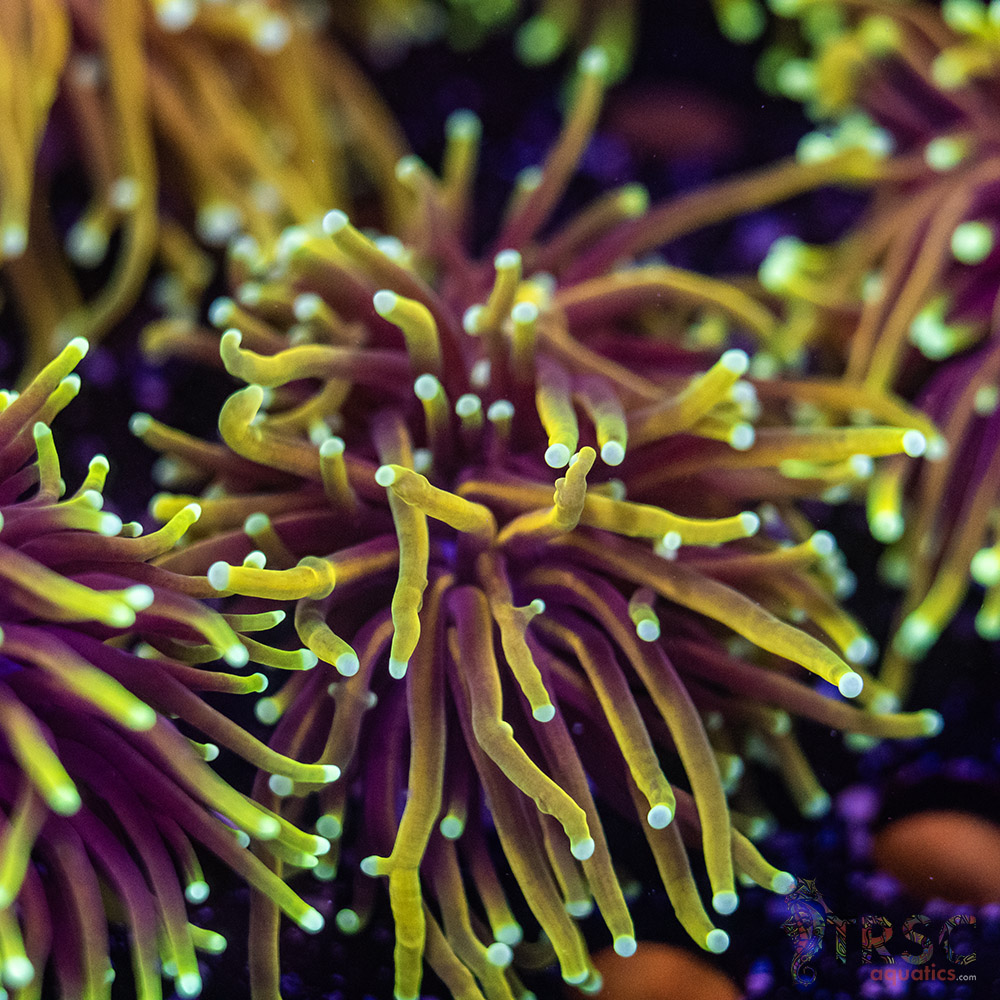
Conclusion: Making Informed Choices for Your Tank
By understanding the journey from Indonesian reefs to U.S. aquariums, hobbyists can make informed, ethical choices. Support transparency, sustainability, and community partnerships to help preserve these ecosystems for generations to come.


